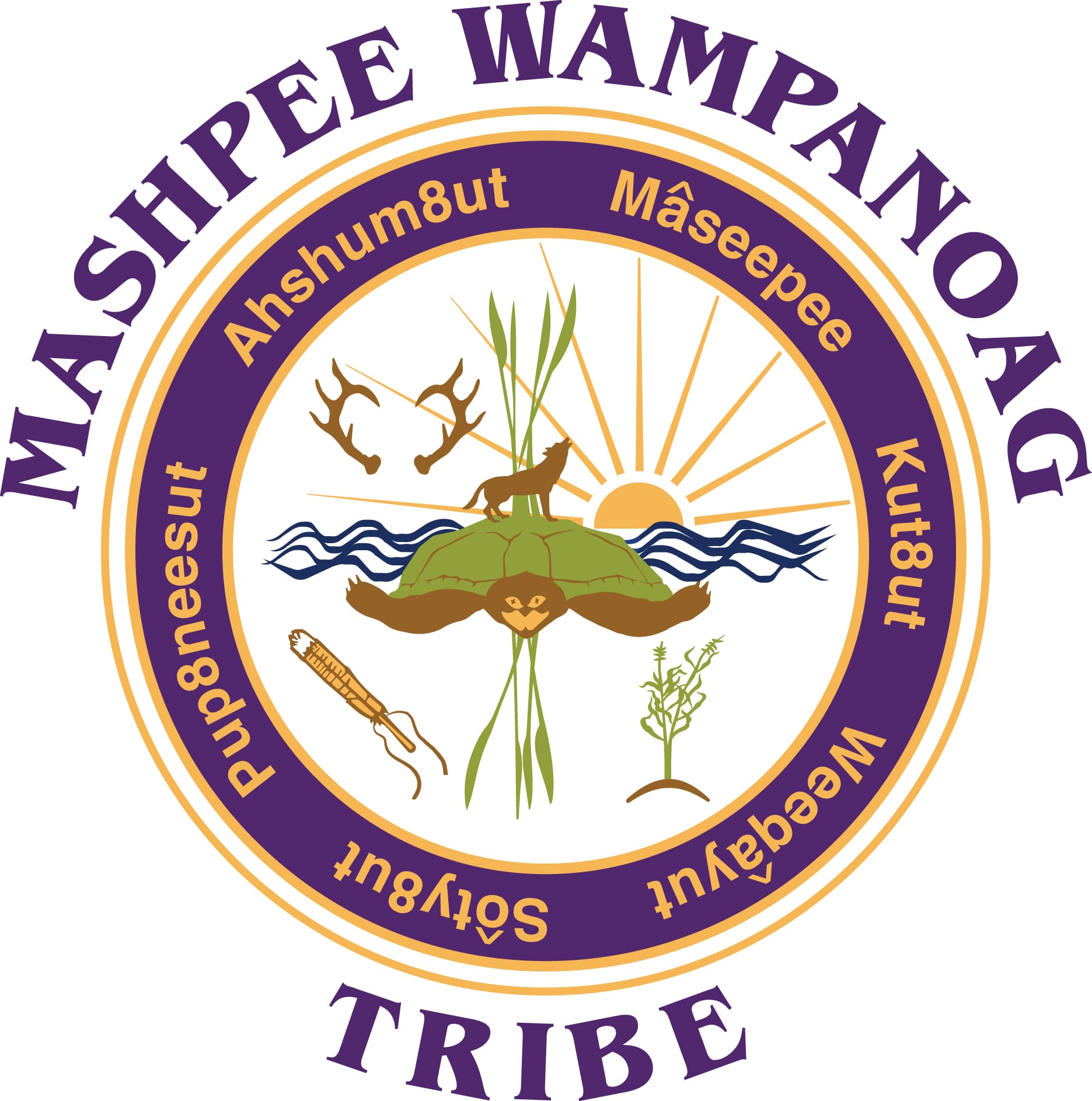Want to speak Wampanoag with respect and accuracy? This guide will be your pronunciation companion, helping you understand the sounds and significance of this beautiful language. We’ll journey through the intricacies of Wampanoag pronunciation, empowering you to communicate with cultural sensitivity and appreciation.
Why Accurate Pronunciation Matters
Getting the pronunciation of indigenous languages like Wampanoag right isn’t just about phonetics—it’s a powerful way to show respect for the Wampanoag people’s history, culture, and identity. By striving for accuracy, we acknowledge the importance of their language and contribute to its preservation.
Avoiding Common Mistakes
You might have heard Wampanoag pronounced as “wam-puh-NO-ag.” While this seems straightforward, it misses the nuances that bring the language to life. Overemphasizing the second syllable and glossing over the subtle vowel and consonant sounds leads to an inaccurate and potentially disrespectful representation.
Finding Your Wampanoag Voice
Thankfully, many resources can guide us toward respectful and accurate Wampanoag pronunciation:
- Hear It From Native Speakers: Online platforms like YouTube often feature videos of native Wampanoag speakers. For instance, channels like Julien Miquel’s can provide valuable insights into authentic pronunciation.
- Digital Dictionaries: Online pronunciation dictionaries like YouGlish offer a treasure trove of recordings from native speakers. Hearing these variations can help you understand the nuances that make spoken Wampanoag so unique.
- Syllable by Syllable: Websites like Native Tribe Info and pronounce.tv offer detailed phonetic breakdowns. These breakdowns dissect words into their smallest parts, making it easier to grasp and replicate the individual sounds.
Putting Knowledge into Practice
Ready to test your skills? Challenge yourself to learn some common Wampanoag greetings and phrases. Not only will this deepen your understanding, but it also demonstrates a genuine commitment to respectful communication. Each time you use a Wampanoag word correctly, you participate in keeping this vibrant cultural heritage alive.
What Does “Wampanoag” Mean?
The word “Wampanoag” itself holds deep meaning. It translates to “People of the Dawn” or “Easterners,” reflecting the tribe’s geographical location on the eastern shores of North America, where the sun rises. But their name signifies much more than geography; it embodies a way of life, a profound connection to their ancestors and the land, and a rich tapestry of traditions and customs.
Evolving Pronunciation
The way we typically pronounce “Wampanoag” today—”wam-puh-NO-ag”—likely differs from the way their ancestors originally spoke it. Linguistic research suggests that it was closer to “Wawm-pah-naw-ag.” While language naturally evolves, making an effort to learn and use the original pronunciation is a powerful way to honor the Wampanoag’s heritage and acknowledge the impact of cultural assimilation.
Beyond Thanksgiving: A Rich and Resilient Heritage
It’s easy to limit our understanding of the Wampanoag people to their association with Thanksgiving. However, their story extends far beyond a single historical event. Their history speaks of resilience, cultural revival, and the ongoing pursuit of sovereignty. Their legacy encompasses diverse traditions, including their unique forms of governance, their deep understanding of fishing and agriculture, the captivating stories passed down through generations, and their remarkable craftsmanship.
Pronouncing “Wôpanâak”
“Wôpanâak” is another important term to learn. Let’s break down its pronunciation to ensure accuracy and respect:
- Phonetic Guide: Imagine saying “wahm” with a short, crisp “a” sound. Follow that with a soft “puh,” similar to the “a” in “sofa.” Now, emphasize the “NO” with a clear and strong “O” sound. Finally, finish with an “ag” that resembles the sound in “log,” but with a softer “aw” instead of a hard “o.”
- Practice Makes Perfect: Start slowly—”wahm-puh-NO-ag”—and gradually increase your speed as you gain confidence. Listening to recordings of native speakers can be invaluable for fine-tuning your pronunciation.
- Honoring a Legacy: Learning to pronounce “wôpanâak” correctly goes beyond mastering sounds—it signifies a deep appreciation for the Wampanoag people’s commitment to preserving their language. Every effort we make to learn and speak their language respectfully helps ensure that this vital part of their heritage endures for future generations.
Resources for Further Exploration
Consider these resources as you continue your journey of learning and respect:
- Warbonnet Hammocks: Explore the craftsmanship of these popular and beautifully designed hammocks.
- Washington DC Pentagram: Delve into the history and intrigue surrounding this thought-provoking landmark.
By embracing accurate pronunciation, we demonstrate our commitment to cultural understanding and respect. As you continue to explore the Wampanoag language, remember that every word spoken correctly is a step towards honoring their enduring legacy.
- Georgia Platform: A Southern Strategy, 1850s - March 31, 2025
- How many weeks is 40 days: Quick Conversion Guide for Accurate Results - March 31, 2025
- How many feet is 300 meters? 984 Feet: Understand Length Conversions Easily - March 31, 2025
















